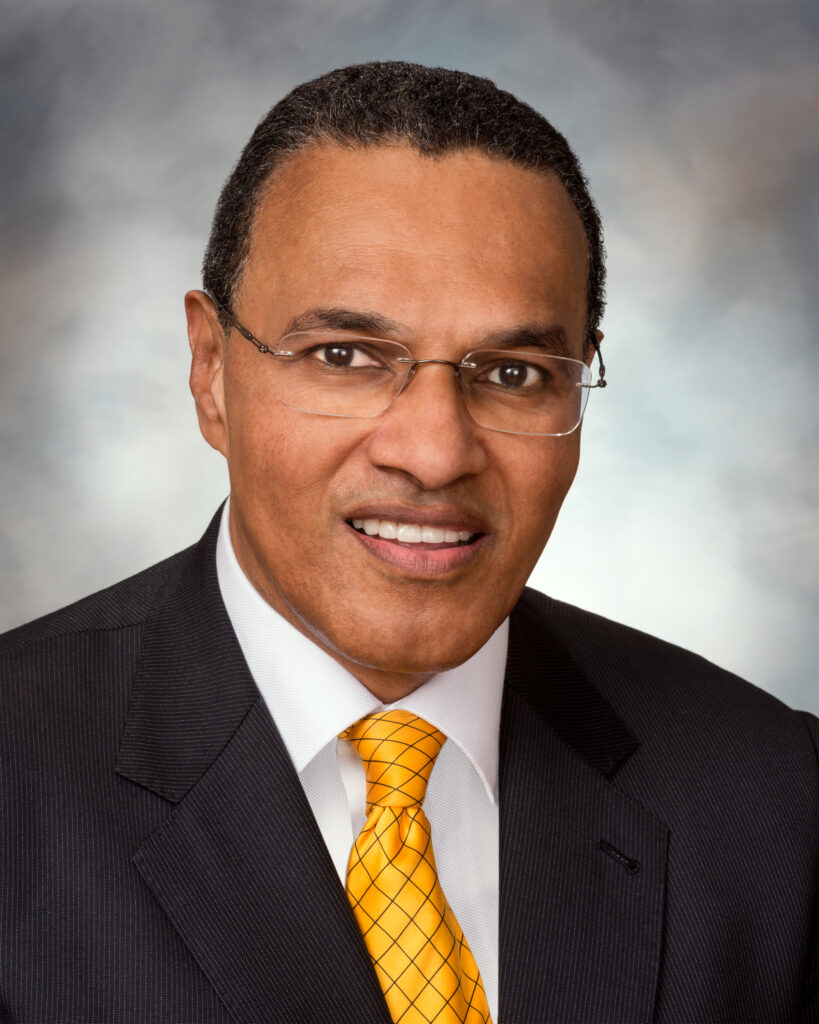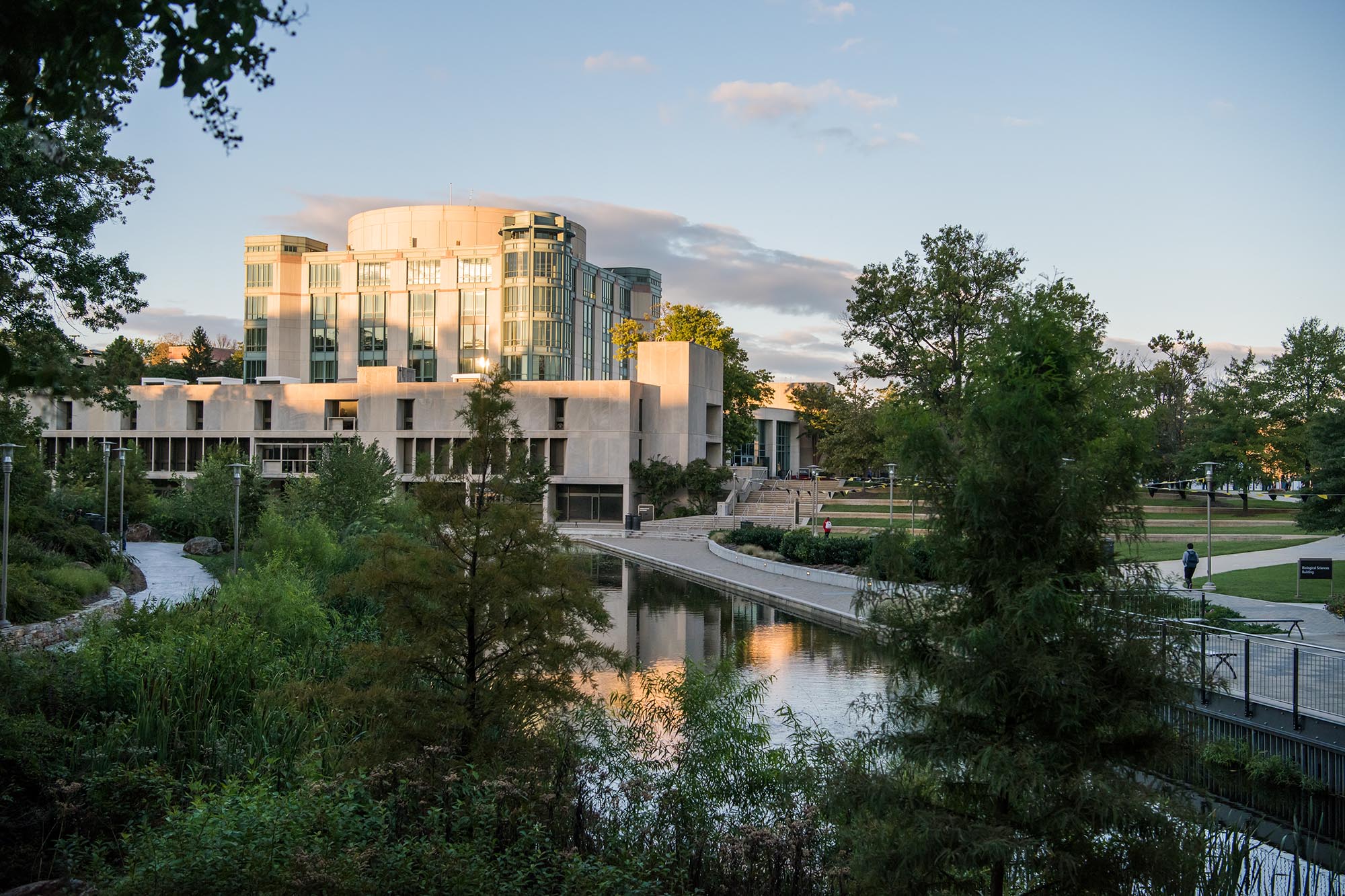
Campus Leadership History
1966-2022
UMBC has a long legacy of strong leadership, including three presidents and three chancellors who each brought rich experience to their roles. Read more about the university’s previous leaders and their impact below. Special thanks to the staff of UMBC’s Albin O. Kuhn Library Special Collections, and their UMBC at 50: Sharing the Past, Building the Future project, for providing a window into the makings of UMBC and leadership throughout the years.
Freeman A. Hrabowski, III
President: 1992–2022
Dr. Freeman A. Hrabowski (b. 1950) was president of UMBC from 1992 to 2022. He continues to serve as a consultant on science and math education to national agencies, universities, and school systems. In 2012, he was named by President Obama to chair the President’s Advisory Commission on Educational Excellence for African Americans. During his years as president, he helped UMBC gain recognition as a model for inclusive excellence through such publications as U.S. News, which for more than a decade has recognized UMBC as a national leader in academic innovation and undergraduate teaching. In 2012, he was named one of the 100 Most Influential People in the World by TIME, and more recently he received the American Council on Education (ACE) Lifetime Achievement Award (2018), the University of California, Berkeley’s Clark Kerr Award (2019), and the University of California, San Francisco’s UCSF Medal (2020). His 2019 book, The Empowered University, examines how university communities support academic success by cultivating an empowering institutional culture. In 2022, Dr. Hrabowski was elected to the National Academy of Engineering for “development of a national educational model for students from diverse backgrounds to excel in engineering and science.” In 2022, he was also named the inaugural ACE Centennial Fellow, to be served upon his retirement from UMBC. That same year, the Howard Hughes Medical Institute (HHMI) also launched the Freeman Hrabowski Scholars Program to help build a scientific workforce that more fully reflects our increasingly diverse country.
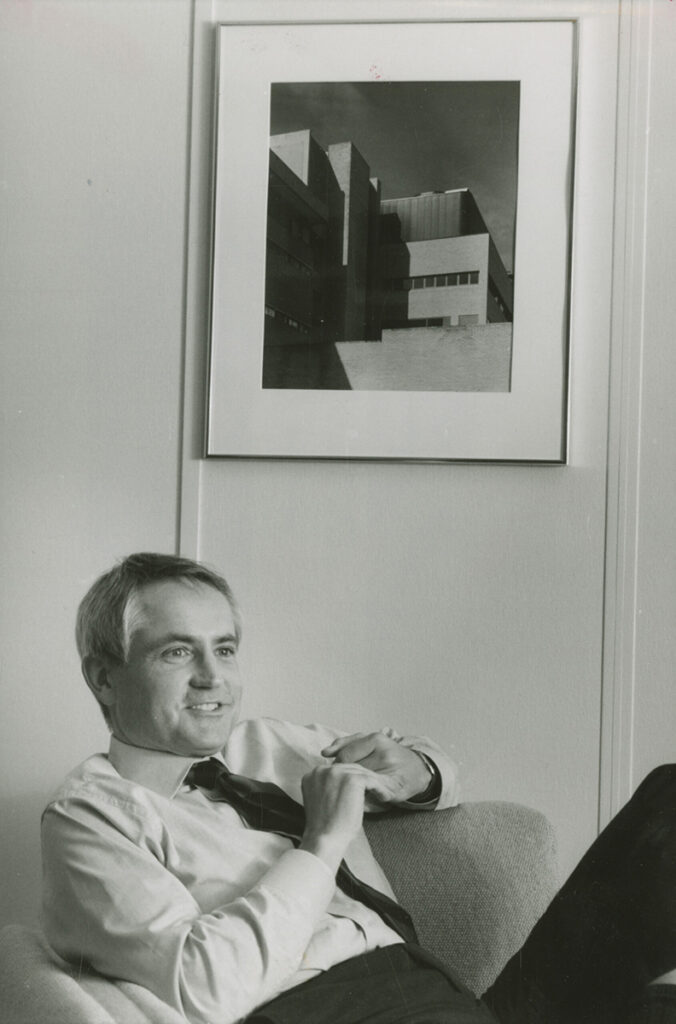
Michael Hooker
President: 1986–1992
Michael Kenneth Hooker (b. 1945–d.1999) followed John Dorsey as president of the university in 1986. Hooker looked forward to the challenge UMBC presented as it did not yet have a widely-recognized reputation or competitive status. Although Hooker earned his doctorate in philosophy, he was intrigued by the idea of developing UMBC into a full-fledged research institution. Under his leadership, entrance scores at the university substantially increased and enrollment grew. He also built relationships with the local business community, leading to investments in science and technology research programs. Hooker personally recruited President Freeman Hrabowski for the position of vice provost from Coppin State University, where Hrabowski was serving as dean and vice president of academic affairs. In 1992, Hooker left UMBC to become president of the five-school University of Massachusetts System.
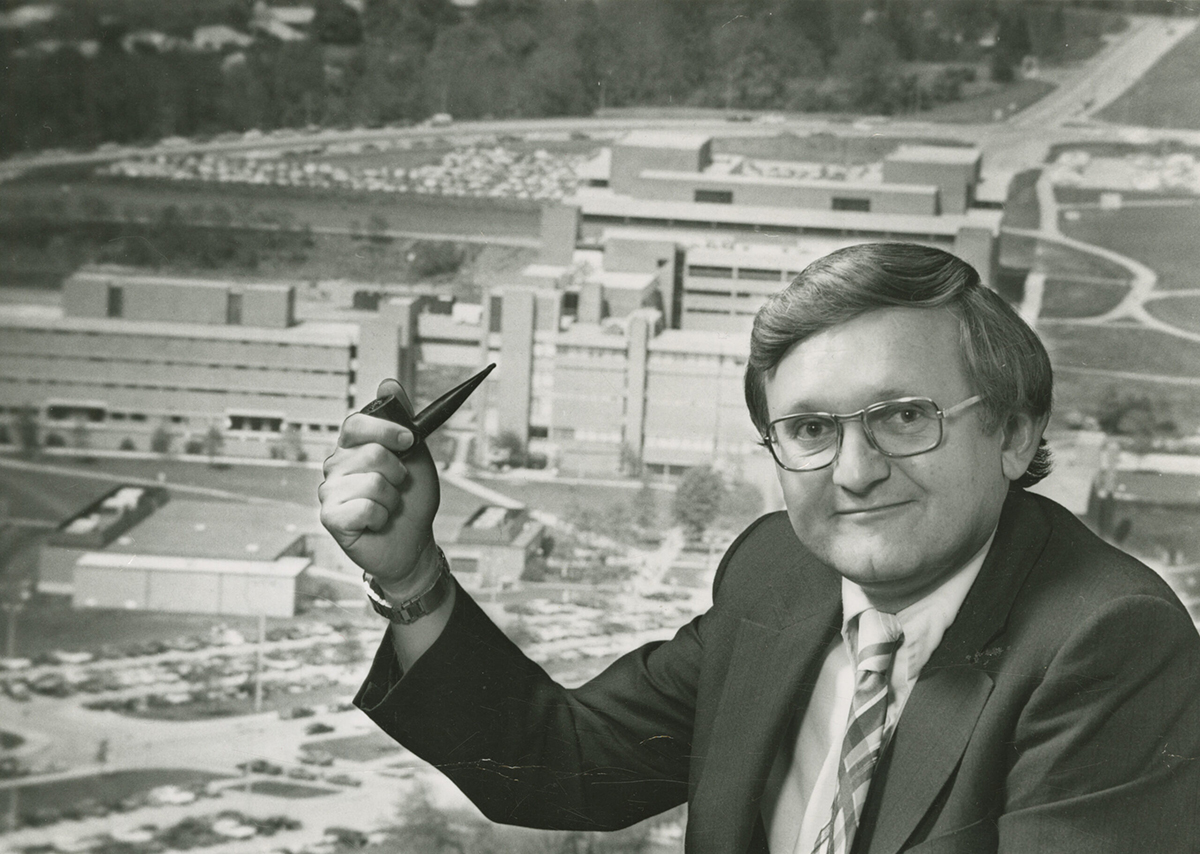
John W. Dorsey
President: 1977–1986
Many considered John Dorsey (b. 1936–d. 2014) to be “a quiet administrator who [worked] mostly behind the scenes,” as the Baltimore Sun once said of UMBC’s president from 1977 to 1985. Dorsey was a native Marylander born and raised in Washington County. He received his bachelor’s degree in economics from the University of Maryland, College Park, and his master’s and doctoral degrees from Harvard University. Dorsey returned to College Park and rose quickly through the faculty ranks, eventually serving as vice chancellor of administrative affairs from 1970 to 1977, until he was selected to lead UMBC in 1977. Seeking to boost recruitment, he built up the Admissions department and sought to expand academic programs to attract new students. Expansion of graduate programs was also a priority of his, and under his tenure UMBC added undergraduate degrees in information systems management, molecular biology, and computer science, as well as a School of Engineering.
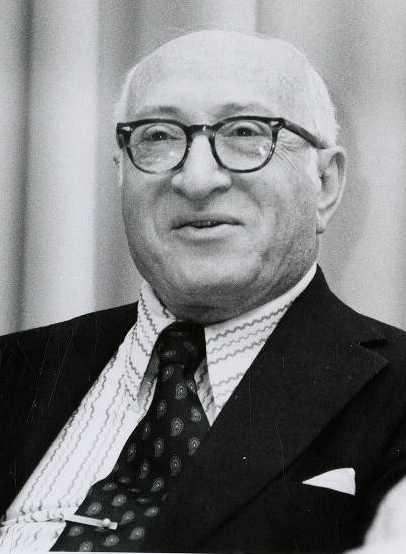
Louis L. Kaplan
Interim Chancellor: 1976–1977
Louis L. Kaplan (b. 1902–d. 2001) was the president of Baltimore Hebrew University for forty years, a member of the University of Maryland (now University System of Maryland) Board of Regents, and the interim chancellor of the University of Maryland, Baltimore County from 1976 to 1977. Born in Slonim (present-day Belarus), he immigrated to the United States as a child in 1909. His family settled in Brooklyn, New York, where his father began a sweater factory. Kaplan graduated from Boys High School, and went on to earn a bachelor’s degree from Columbia University in 1922, and a doctorate from Dropsie College in Philadelphia in 1927. In 1930, he was inaugurated as president of the Baltimore Hebrew University, which is now merged with Towson University. Kaplan was also president of the National Council for Jewish Education from 1939 to 1941, and a member of the University of Maryland Board of Regents from 1952 to 1976, including five years as chair (1971-1976). Among his legacies at UMBC is the Louis L. Kaplan Scholarship, established in 1981 by the Student Government Association in recognition of Dr. Kaplan’s wish that students who displayed academic promise be assisted financially in order to continue their education at UMBC.
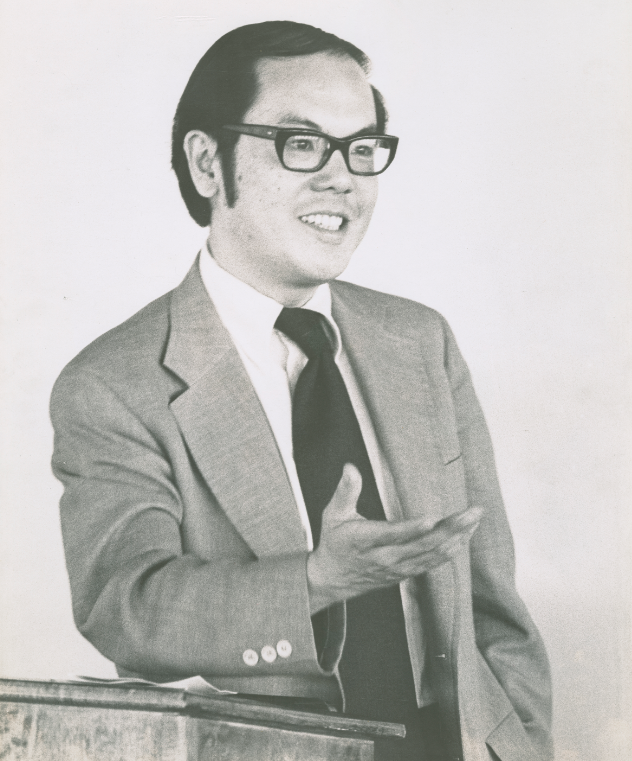
Calvin B.T. Lee
Chancellor: 1971–1976
UMBC’s second chief executive was Calvin B.T. Lee (b. 1934–d. 1983), one of the earliest Asian American leaders of a U.S. university. A graduate of New York University School of Law (Doctor of the Science of Law), Lee practiced law for several years, worked for the U. S. Department of Education, and then became an administrator at Boston University (BU). He rapidly moved up to dean, then vice president, and finally acting president at BU. His career as UMBC’s second chancellor began during the 1971-72 academic year. In addresses delivered on April 26, 1972, Calvin B.T. Lee; Morton Baratz, vice chancellor for Academic Affairs; and Sanford Greenberg, political science research professor and Consultant on Project 2000, used contemporary data to provide a vision of education in the future. The project served as a UMBC vision statement, embodying Lee’s “fundamentally optimistic view of the future” and the role that universities might play in that future.
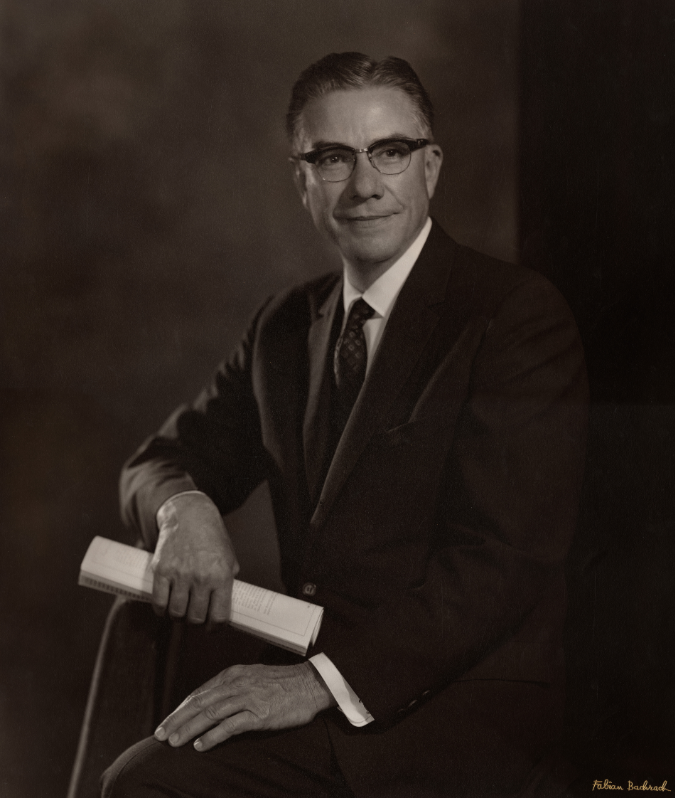
Albin Owings Kuhn
Chancellor, 1965–1971
Dr. Albin O. Kuhn (b. 1916–d. 2010) was UMBC’s first chief executive (then called chancellor rather than a president). Dr. Kuhn was instrumental in the development of UMBC (an acronym used as early as 1965, and maybe earlier). Dr. Kuhn began his career in higher education at the University of Maryland, College Park. After completing his bachelor’s, master’s, and doctoral degrees there, he served as a professor of agronomy and chair of the Agronomy Department. By spring 1964, Dr. Kuhn, then executive vice president at the University of Maryland, College Park, traveled to diverse campuses around the country aboard University of Maryland Air Force ROTC flights piloted by officers needing to fulfill their flying time. During that time, Dr. Kuhn toured the campuses and energetically noted his findings and reactions as part of his brainstorming process for the nascent UMBC, helping to conceptualize and plan the university. In 1965, Dr. Wilson H. Elkins, then president of the University of Maryland, College Park, asked Kuhn to be the head of the University of Maryland, Baltimore campus. Kuhn agreed on condition that he would also oversee the creation of the new campus in Baltimore County—what would become UMBC. The initial planning, development, and construction of the campus was led by Kuhn, who remained the campus leader until 1971; he retired from the University System of Maryland in 1982. As he told the Baltimore Sun at the time of his retirement, “Working on the development of UMBC was the chance of a lifetime—from nearly 500 acres of vegetable farm to a full-scale university.”

